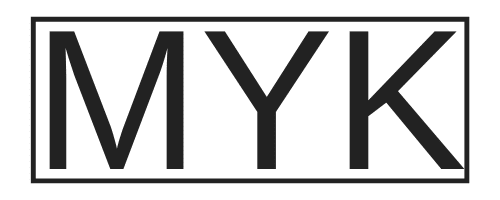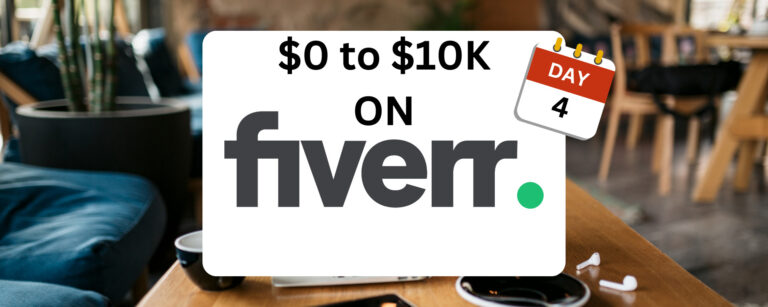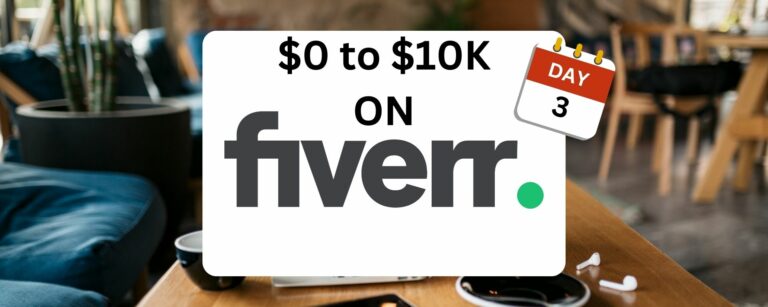How to Get Paid as a Freelancer
You’ve taken the leap and decided to strike out on your own and use your hard-earned skills as a freelancer. The good news? No more 9-5. The bad news? It takes some hustle to make it happen. Including figuring out how to get paid as a freelancer.
The barriers to entry for freelancing are low, which is both good and bad. You don’t need much in the way of equipment or experience to get started. But because the field is so open, it can be hard to stand out and find clients willing to pay you what you’re worth. But with time and effort, you can increase your skills and build a strong client list.
Many people start freelancing as a side hustle and think of it as remote work, but quickly realize that freelancing is much more like running a business. Not only do you need to have marketable skills, but you also need to know how to invoice your clients and accept payments.
While it may seem daunting initially, several resources and tools are available to help you get started and succeed as a freelancer. In this guide, we’ll cover everything you need to know.
1) How to Bill For Your Services

One of the first decisions you will need to make is how you plan on selling your services. There are a variety of ways you can bill for clients. Each has pros and cons, and some depend on the service you plan to offer clients.
Hourly
Hourly billing is the most common method of billing for freelancers. Many clients are comfortable paying by the hour because they feel like they’re getting what they’re paying for, and it’s easy to understand how much work went into a project.
The downside of hourly billing is that you must trade your time for money instead of the results you produce. In addition, hourly billing may not be appropriate for all projects. If a client is looking for a specific outcome, it might be more challenging to justify an hourly rate.
Pro Tip:
My goal as a freelancer has always been to disconnect time and money. I want to bill clients for the value of the product I deliver, not the time it takes me to do it. Billing by the hour is just working as an employee. For this reason, I charge very high hourly rates to incentivize clients to choose different billing options.
One-Off Fixed Price
A one-off fixed price is a set fee that you charge for a specific product. The advantage of this pricing model is that it’s easy to understand for both you and the client.
The downside of a one-off fixed price is that it can be hard to estimate the amount of work required for a project, and you may end up working more hours than you anticipated. In addition, if the project scope changes, it can be challenging to negotiate a higher price.
Pro Tip:
Set a standard rate schedule for your services. You can incentivize clients by offering bulk discounts for your services based on your standard rates.
Project Based
With project-based billing, you charge a set fee for each phase or milestone of a project. This type of billing is best for more complex projects broken down into smaller tasks.
The advantage of project-based billing is that it allows you to break down a large project into smaller, more manageable tasks, making it easier to estimate the amount of work required and avoid scope creep.
The downside of project-based billing is that you may underestimate the required work.
Pro Tip:
Make sure you write a clear proposal and have it signed off by your client before beginning any work. If you foresee any potential scope creep, identify it with your client and discuss what is and is not in scope. Document the discussion and any decisions made. You can refer back to the document if there are any issues later.
Monthly Retainer
A monthly retainer is a set fee that you charge each month for ongoing work. For clients who need regular, recurring work such as blog posts or social media management, a retainer is a great way to lock in the job.
The advantage of a monthly retainer is that it provides a predictable income stream which is helpful for budgeting and planning your business. The downside of a monthly retainer is that it can be challenging to scale up or down depending on the client’s needs. In addition, some clients may not need work every month, which can lead to lost income.
Pro Tip:
Include your rate schedule when you quote a client for a monthly retainer. You can use this to later upsell to your clients if they are looking for additional services.
How to Package
How you package and sell your services depends on your freelance work and personal goals. Choose the best billing method for both you and your clients. The sooner you think of freelancing as a business, the more successful you will be.
Pricing
To determine your pricing:
- Start by considering your costs and what you need to earn to make a profit.
- Research the going rates for your services.
- Look at what other freelancers are charging for similar services. Fivver, Upwork, and Freelancer are all great resources for this.
You can set your prices accordingly once you know what others are charging.
2) How to Invoice Your Clients
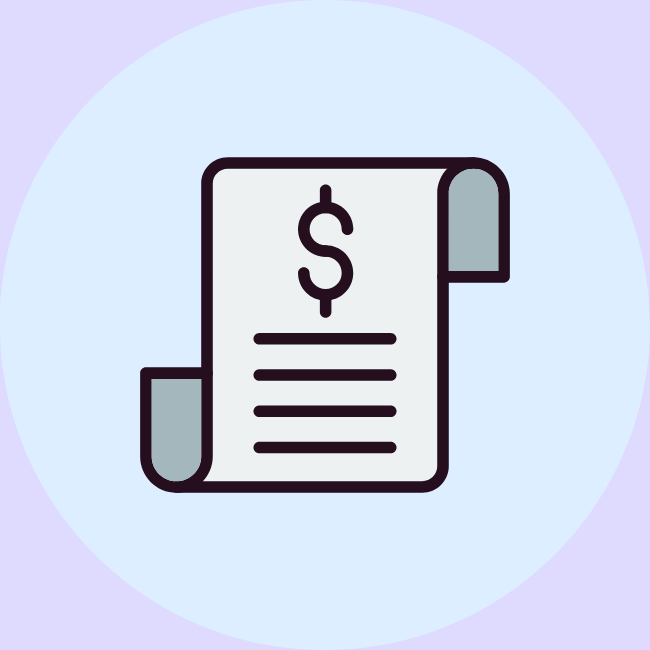
Once you have completed your first project, it’s time to get paid! This process begins with invoicing.
An invoice is a document you send to your client that itemizes the work you have completed and the amount you are charging. When creating an invoice, include your name, contact information, the date of the invoice, a description of the work completed, the amount due, payment terms, and payment method.
Creating an invoice can be as simple as downloading a Google Docs template, or you can use a variety of tools, including – FreshBooks, QuickBooks, and Wave.
Once you’ve sent your invoice, it’s up to the client to pay it. Some clients will pay immediately, while others may take a few days or weeks. If you don’t receive payments promtply, you can follow up with your client to remind them of the outstanding balance.
3) How to Receive Payments
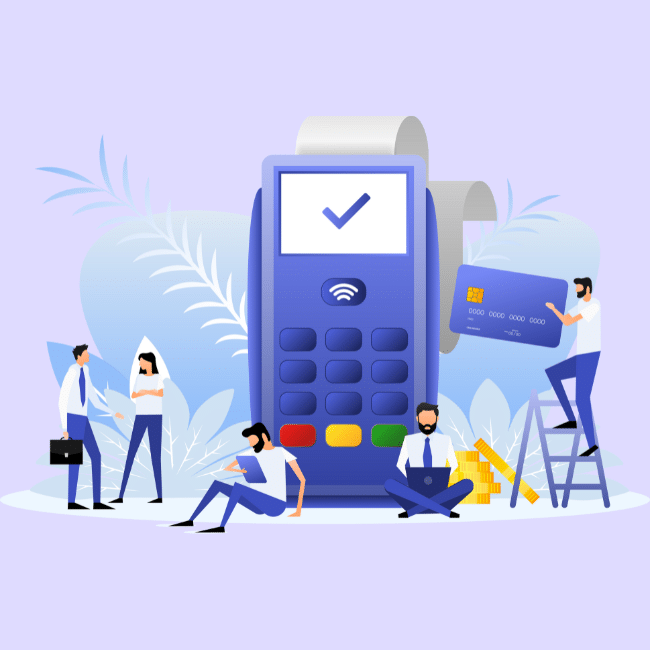
There are a variety of ways to accept payments from your clients. The most common methods are PayPal, credit cards, and electronic funds transfer.
Paypal
PayPal is one of the easiest and most popular methods for freelancers to accept payments. Setting up an account is free, and there are no transaction fees for domestic payments. You can also easily accept international payments with PayPal. Creating a PayPal account is fast and easy; visit paypal.com and register with your email. You can send invoices directly to clients through a merchant account through PayPal.
Credit Card
Credit card payments are another standard method of payment for freelancers. Most clients are comfortable paying by credit card, and getting paid is convenient for you. However, there are some drawbacks to using credit cards. Transaction costs 2%-3%, and you will need a way to process payments (either a payment gateway or a 3rd party service)
Payment Gateway
Stripe has a WooCommerce plugin that allows you to accept online payments on your website. If you run WordPress and WooCommerce, this is a relatively painless integration. Simply set up WooCommerce and add the Stripe payment gateway. You can create invoices and then have your customers make online payments
3rd Party Services
- Paypal
- Venmo
- Cash App
Bank Transfers
A Bank transfer is another option for receiving payments from clients and are great for larger businesses or when working with international clients. The downside of bank account transfers is that they can take several days to process and create issues if you transfer funds between countries.
International/Online Banks
If you are living the digital nomad life and billing customers in one country while living in another, an international bank account may be right for you. With international accounts, clients can pay you in their local currency, reducing the cost of international bank transfers.
Physical Check
While not a common payment method, some clients may still prefer to pay by check. If this is the case, you can provide them with your mailing address, and they will send you a check. Remember that the check may take a few days to arrive, and you must deposit it into your bank account before accessing the funds.
Cryptocurrency
Cryptocurrency is becoming an increasingly popular payment method, particularly among freelancers who work with international clients. Using cryptocurrency is fast and secure for payments with low transaction fees. Stablecoins like DAI, USDC and USDT are all popular choices. To process cryptocurrency payments, you will need a crypto wallet. Send the address to the client, and they can send the funds directly to you. I recommend looking at a hardware wallet to secure your funds if you are planning to accept crypto payments.
4) How to Track Your Income

As a freelancer, keeping track of your finances and ensuring you get paid on time is essential. Initially, the easiest way to track your income and
expenses is through a simple Excel sheet. However, as your freelance business grows, you may want to consider using accounting software like FreshBooks, QuickBooks, Wave, or Xero. These apps can help you track your finances, prepare invoices, and manage your clients. As complexity increases, it becomes essential to manage your cash flow. Expenses and revenue will not hit your business account simultaneously. You will need to make sure you maintain sufficient working capital.
You may not need to use accounting software when you first start freelancing. But as your business grows, keeping track of your income and expenses will become increasingly important. Accounting software can save you time and hassle in the long run.
FAQ
How to get paid as a freelancer?
Freelancers can get paid through various methods, including a PayPal account, credit card, bank account transfer, check, or cryptocurrency. With freelancer portals like Fivver and Upwork, each has a payment process through the platform itself. Independent freelancers who grow their clients must bill customers for their services and send them invoices to ensure clients pay.
Why is it time to ditch cash & check as a freelance payment option?
With so many payment options available, there is no need to continue using cash or check. Direct bank transfers, international bank accounts, and PayPal have made traditional payment methods obsolete.
Can you accept crypto for freelance payments?
Yes, cryptocurrency is a great way to accept payment for freelance work. If you and your client are comfortable transacting with cryptocurrency, I highly recommend using crypto as a payment method. We prefer using stable coins for financial transactions and also recommend getting a hardware wallet for security.
When should freelancers be paid?
Freelancers choose their payment policies in agreement with clients. If you have strong trust and report, you may be able to request payment in advance, but often clients only pay once the work is complete. You can consider charging 50% upfront and 50% upon completion for larger projects.
Do freelancers have to pay taxes?
Yes, there are freelancer tax write-offs, but you are required to pay taxes.
Final Thoughts
Choosing the correct billing and payment methods for you, your business, and your clients is essential as a freelancer. Various options are available, and each has its own advantages and disadvantages. Consider your needs carefully before deciding how to get paid as a freelancer. Whether you choose PayPal, bank transfer, check, or cryptocurrency, ensure you get paid on time and carefully track your finances.
If you have any questions or thoughts, please leave a comment below! And if you found this article helpful, please share it with your friends.
